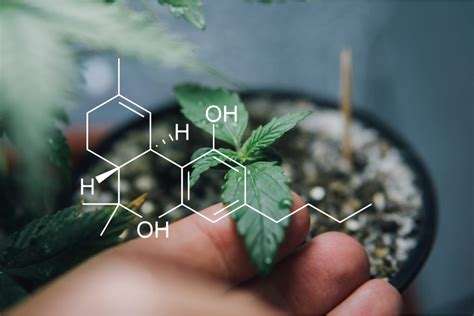
Where are cannabinoids contained and what applies to them
What are cannabinoids in simple words is a group of biologically active substances from the chemical composition of cannabis. They determined all the effects that occur after consuming concentrated extract from the plant. Currently, the term “cannabinoids” is being used less and less in relation to drugs. Increasingly, compounds of natural and synthetic origin are used for medical purposes.
Cannabinoids: characteristic features
The group of cannabinoids includes bioactive substances representing a group of terpenphenolic compounds. According to their chemical structure, they are derivatives of 2-substituted 5-amylresorcinol. Cannabis contains more than 110 types of cannabinoids in various concentrations. The properties of some have long been studied by scientists and are successfully used in medicine. And the impact of others on the human body has yet to be established.
Cannabinoids — what applies to them? Previously, this group included only those bioactive substances that were detected in the plant using modern biochemical methods. But the chemical formulas of most of them were determined with maximum accuracy. Therefore, compounds with an identical structure are synthesized for the needs of medicine and the pharmaceutical industry.
Phytocannabinoids (vegetable)
Such cannabinoids are organic compounds that are formed throughout the vegetative period from cannabigerolic acid. It is affected by special cyclase enzymes, which leads to the formation of cannabichromenic, cannabidiolic and delta-9-tetrahydrocannabinolic acids. And only then do they decarboxylate to cannabichromene, cannabidiol and delta-9-tetrahydrocannabinol, respectively.
The chemical composition of cannabis is mainly represented by such cannabinoids:
cannabigerol;
cannabichromene;
cannabidiol;
tetrahydrocannabinol;
cannabielzoin;
iso-tetrahydrocannabinol;
cannabicyclol;
cannabitriol;
cannabinodiol;
with cannabinol.
All of them are poorly soluble in water and well — in fatty bases. This explains the rapid penetration of substances into the depot organs and their rendering of both beneficial and harmful effects.
Endocannabinoids are endogenous neurotransmitters that take part in biochemical processes occurring in the body. By acting on cannabinoid receptors, they regulate protein, carbohydrate, and fat metabolism. And also contribute to maintaining an optimal water-electrolyte balance.
Useful information! Endocannabinoids are a kind of signaling molecules that provide the transmission of impulses from tissues to the central nervous system.
Synthetic
Synthetic cannabinoids are a group of substances first created in the laboratory. If previously they were produced in minimal quantities for the needs of research scientists, now bioactive substances are obtained annually in large batches. On their basis, pharmacological agents are made for the treatment of various diseases.
Where are the cannabinoids contained
There are plant cannabinoids both in the underground and in the aboveground part of cannabis. There are especially many of them in leaves, stems, shoots, flowers. In minimal concentrations, they are present in the root system and seeds. Therefore, for people with drug addiction, these parts of the plant are traditionally of no interest.
Preparations based on cannabinoids
The mechanism of action of cannabinoids on human life systems is only being studied. However, such drugs have already been created, successfully tested and are actively used in clinical practice:
Nabiximols in the form of a spray with pronounced analgesic properties. The remedy is intended to eliminate pain in patients with multiple sclerosis and oncological pathologies.
Dronabinol with a powerful antiemetic effect. Its use in patients with immunodeficiency conditions can suppress nausea attacks and improve appetite.
Relatively recently, Nabilone, similar in effect to Dronabinol, began to be supplied to medical institutions.
The principle of action and medical properties of cannabinoids
Bioactive substances of cannabis affect cannabinoid receptors localized mainly in the central nervous system. Thanks to this, it is possible to regulate or completely stop the transmission of nerve impulses, including pain. Therefore, drugs based on synthetic or plant cannabinoids are usually used for symptomatic treatment:
reducing the severity of pain;
stimulation of resorption of peripheral edema;
relief of inflammatory processes.
But more and more information is being received about new properties that have only been discovered by scientists. Moreover, even those organic compounds that were previously considered toxic.
THC
Under the influence of delta-9-tetrahydrocanninol, the neurotransmitter dopamine is released into the blood, provoking euphoria and an increase in mood. Previously used only by drug addicts, the effect has found application in medicine for the treatment of pathological conditions:
Alzheimer’s disease;
neuropathies;
multiple sclerosis;
Parkinson’s disease;
oncological processes;
Crohn’s disease.
It is worth noting that delta-9-tetrahydrocanninol is able to inhibit the spread of inflammation and relieve patients from pain.
CBD
Perhaps the safest and therapeutically active substance from the chemical composition of cannabis is cannabidiol. Drugs based on it have proven themselves well in the treatment of such diseases:
epilepsy;
malignant neoplasms;
depression;
psychotic disorders;
diabetes.
Cannabidiol is characterized by analgesic, anti-inflammatory, vasodilating and improving innervation action.
CBD oil is made on the basis of cannabidiol
Cannabinol is a product formed as a result of the oxidation of delta-9-tetrahydrocanninol. He retained only a small fraction of the psychoactive effect of his predecessor. But the number of useful properties of great value for medicine has significantly increased.
Appetite stimulant
Cannabinoids are organic compounds, after the use of which the appetite increases. A similar effect is especially pronounced in cannabiol.
Antibiotic
The longer an antibiotic is used, the higher the resistance of pathogenic bacteria to it becomes. Cannabiol is one of the few compounds to which pathogenic microorganisms are not able to develop resistance.
Possible cure for ALS
Preclinical studies of cannabiol—based drugs in the treatment of amyotrophic lateral sclerosis, a neurodegenerative disease accompanied by the death of central and peripheral motor neurons, are being conducted. The use of drugs made it possible to slow down skeletal muscle atrophy, fasciculation, spasticity, hyperreflexia and other symptoms of pathology that has not yet been definitively cured.
Useful information! Medical cannabinoid is also used in experimental therapy of other degenerative diseases of neurogenic origin.
Painkiller, analgesic
The benefit of this cannabinoid is the simultaneous expansion of blood vessels and the release of endorphins. Thanks to such a combination of effects, the most pronounced pain weakens and then disappears.
Anti – asthmatic
The use of cannabiol helps to cope with asthmatic attacks that occur after the introduction of allergens into the respiratory tract. Pharmacologists are working on creating a drug that can prevent bronchial obstruction, air flow rate restriction, and suffocation.
Sedative, soothing
The treatment of diseases of the central nervous system with cannabinoids has been practiced relatively recently. But it is already safe to say that the sedative effect of cannabiol is not inferior to many popular tricyclic antidepressants.
A potential glaucoma drug
The use of cannabiol in glaucoma leads to a decrease in intraocular pressure, inhibition of optical neuropathy and visual function disorders. There was a decrease in the severity of cuts and a feeling of heaviness in the eyes, blurred vision, deterioration of twilight vision. This allowed us to begin research on the nature of the effect of cannabiol on the course of hypertension.
KBG
Cannabigerol is a precursor to many cannabinoids that are biosynthesized in hemp during the growth period. Its therapeutic properties are not as intense, but much more numerous and diverse. Due to the combination of beneficial effects, cannabigerol has a mild, gentle effect on the human body.
The natural cannabinoid cannabigerol prevents pathogenic microorganisms from producing proteins that make up their membranes. As a result, fluid accumulates in the cell, which leads to its lysis — dissolution from the inside. Pathogenic bacteria lose their ability to reproduce, their number decreases.
Antipsoriatic
It has been clinically confirmed that applying a product with cannabigerol to the skin prevents the formation of psoriatic plaques. The possibility of a bioactive substance to inhibit the development of other pathologies of the dermis, including neurodermatoses, is being studied.
Painkillers
Cannabigerol has an analgesic effect. It is caused by blocking the production of prostaglandin mediators from arachidonic acids, which are responsible for the appearance of pain.
Useful information! The less prostaglandins are released into the systemic circulation, the weaker the inflammation and less pronounced peripheral edema.
Antitumor
All drugs containing cannabinoids are able to prevent the enlargement of malignant and benign neoplasms. The antitumor properties of cannabigerol are particularly intense. A clinical experiment has confirmed that this bioactive substance slows down and then stops the division of genetically modified cells.
Antidepressant and mood stabilizer
Cannabigerol in doses carefully calculated by the doctor eliminates all signs of depressive states — a steady decline in mood, motor inhibition and thinking disorders. It helps to cope with often causeless anxiety, anxiety, mood swings.
TGV
Tetrahydrocannabivarin is a cannabinoid that was not previously considered therapeutically significant. He has psychoactive effects, but they are clearly not enough for medical purposes. But recently, scientists have announced one of the most interesting properties of tetrahydrocannabivarin — the ability to mitigate the depressing effect of other components of cannabis on the central nervous system.
Anticonvulsant
The use of tetrahydrocannabivarin makes it possible to prevent abnormal and excessive discharge of brain neurons, which causes a number of sudden transient pathological phenomena — sensitive, motor, mental, vegetative symptoms, changes in consciousness.
Neuroprotective
The study of the psychostimulating effects of tetrahydrocannabivarin led to the discovery of his neuroprotective effects on the brain. Indirectly, it improves mental activity, promotes better memorization of information, increases mental performance.
Weight loss
The use of tetrahydrocannabivarin helps to somewhat weaken the urge to eat. However, body weight decreases not only by reducing the calorie intake of the daily diet, but also by accelerating the breakdown of fat layers.
KBDv
Cannabidivarin is similar in pharmacological properties to the most therapeutically significant of all cannabinoids, cannabidiol. A number of biochemical laboratory studies of the effects they provide are currently being carried out. Prospects for the use of cannabidivarin in the treatment of severe pathologies have been identified.
Epilepsy
The dosed use of cannabidivarin helps to reduce the frequency of seizures in experimental rodents. And even prevent their appearance by injecting experimental drugs.
Diseases complicated by nausea
Many pathologies affecting the digestive organs occur against the background of nausea attacks. A person refuses to eat, which significantly slows down recovery. The use of the beneficial properties of the cannabinoid helps to prevent the appearance of nausea, the urge to vomit.
KBH
Cannabichromene is a bioactive substance isolated from cannabis that has proven analgesic and anti—inflammatory properties. Scientists have also discovered a number of effects that can weaken the course of diseases that tend to progress rapidly.
Pay attention! Cannabichromene is less well studied than some cannabis derivatives, but its exceptionally low toxicity has already been established.
Anti-inflammatory effect
Cannabichromene relieves acute, subacute, chronic inflammatory processes. And also prevents their spread to healthy areas of the body. The anti-inflammatory effect of cannabichromene in combination with other cannabinoids is especially pronounced.
Antitumor effect
Cannabichromene is one of many cannabinoids used in medicine to inhibit malignant cell mutation. Under its influence, the tumor ceases to grow and metastasize to other organs.
Antidepressant activity
One of the clinically confirmed effects of cannabinoid is the elimination of the leading signs of depressive states. Taking cannabichromene in small doses stimulates the fight against a serious disease, which was confirmed by experiments on rodents.
Antifungal properties
This plant-derived cannabinoid prevents the production of ergosterol enzymes by fungi. Without them, cell membranes are destroyed, replication becomes impossible and the infectious and inflammatory process is on the decline.
Improving brain function
The stimulating effect of cannabinoids on the central nervous system allows you to restore the optimal number of brain cells. After all, a decrease in the number of neurons predisposes to the development of terrible diseases, including senile dementia.
THC– delta (8)
THC-delta (8) is an improved version of tetrahydrocannabinol, which determines the psychostimulating properties of cannabis. It is also able to affect the functioning of the central nervous system, but not depressing it. This means that the prospects for the use of THC-delta (8) for medical purposes are very wide.
Useful information! THC-delta (8) has a pronounced neuroprotective effect, the ability to protect brain cells from damage.
Improved appetite
People weakened by the disease refuse to eat. The use of THC-delta (8) may make it possible to abandon parenteral nutrition by increasing appetite.
Anti-nausea effect
Due to the relaxation of the smooth muscle layer of the gastrointestinal tract, THC-delta (8) relieves nausea and vomiting attacks. Now the body receives a sufficient amount of nutrients to maintain the proper functioning of all vital systems.
Dietary Cannabinoids THCa and CBD
THC with CBD are the precursors of many cannabiods formed as a result of decarboxylation or decarbonization. There are especially many of them in fresh young vegetable raw materials that have not been processed. THCa with CBD exhibit the following pharmacological activity:
anti -inflammatory;
antioxidant;
antitumor;
neuroprotective.
Cannabinoids improve digestive processes, so they are often used for the production of various additives.
Acceptable standards of use
The permissible norms of cannabinoids depend on their species, concentration, purpose of use, dosages of the drug, the degree of purity of the raw materials used. On their basis, food additives are produced in the form of oils, cake, flour, loaves, capsules, powders for the preparation of beverages. Before using them, it is necessary to familiarize yourself with the attached annotations.
It is well known that cannabinoids are bioactive substances that, if used incorrectly, have a negative effect on the human body. This is clearly demonstrated by people with drug addiction. They are not only physically exhausted, but also morally degraded.
Physiological effects of cannabinoids
One of the main, well—marked physiological effects is redness of the conjunctival membrane. In drug addicts, it is inflamed, including due to a decrease in the production of tear fluid. Regular reactions to the use of cannabis are arrhythmias, sudden jumps in blood pressure, deterioration in the quality of sleep.
Drug addicts always lose their moral principles as physical and psychological dependence progresses. It is with this that the difficulties of treatment are connected, because they are no longer trying to recover.
Behavioral effects
After using cannabinoids, a person is inspired, eloquent, tries to draw attention to himself. Under the influence of cannabis, self-esteem increases significantly, so the addict often embellishes, sticks out his virtues.
Useful information! During drug withdrawal, a person is silent, depressed, detached.
The use of cannabis derivatives is manifested by forgetfulness, decreased concentration, inability to keep track of their thoughts and maintain a normal conversation. The associative series increases, attention is focused on previously insignificant subjects.
Emotional effects
After the next dose, the addict is relaxed, complacent, benevolent. But after a while there is an outbreak of aggression, tactile, visual, auditory hallucinations, suicidal thoughts.
Signs of using cannabinoids
The severity of the symptoms of drug addiction depends on the duration of use, the type of psychostimulant taken, age and initial state of health. An important factor is the frequency of taking cannabinoids.
The consequences of long-term use of cannabinoids
The drug addict’s skin is flabby, gray, dry, his hair falls out, his nails are layered. Conjunctival irritation, lacrimation, photophobia become permanent. His gaze wanders, the ability to maintain a conversation is lost.

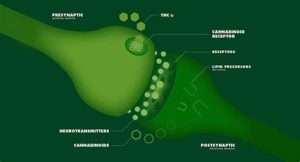

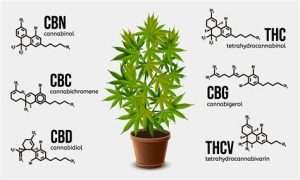
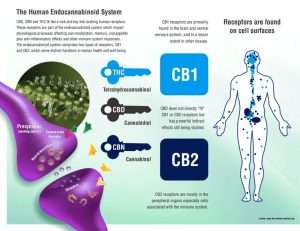

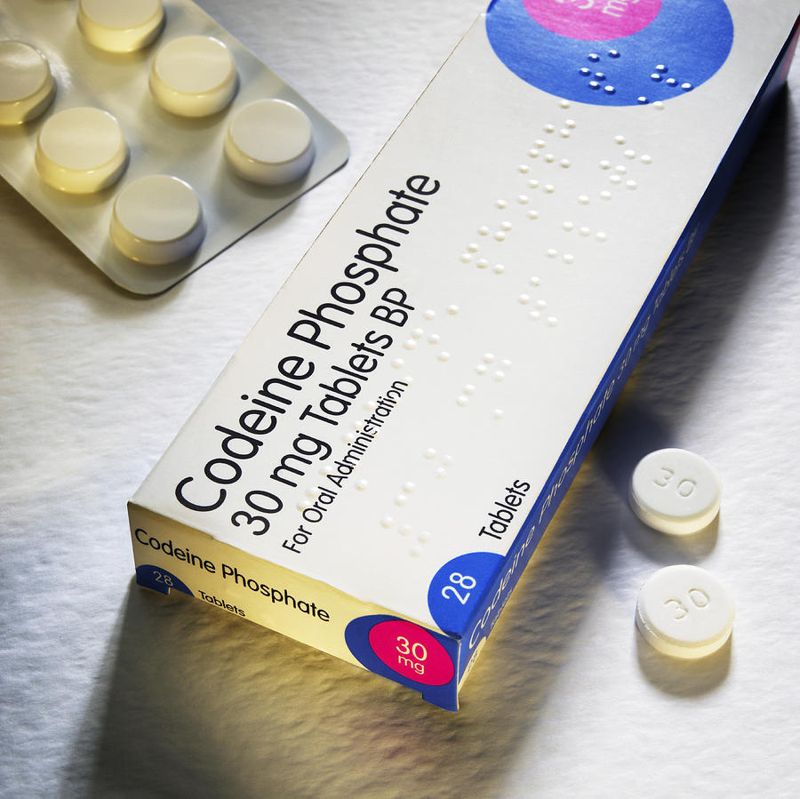 Codeine, Dihydrocodeine
Codeine, Dihydrocodeine 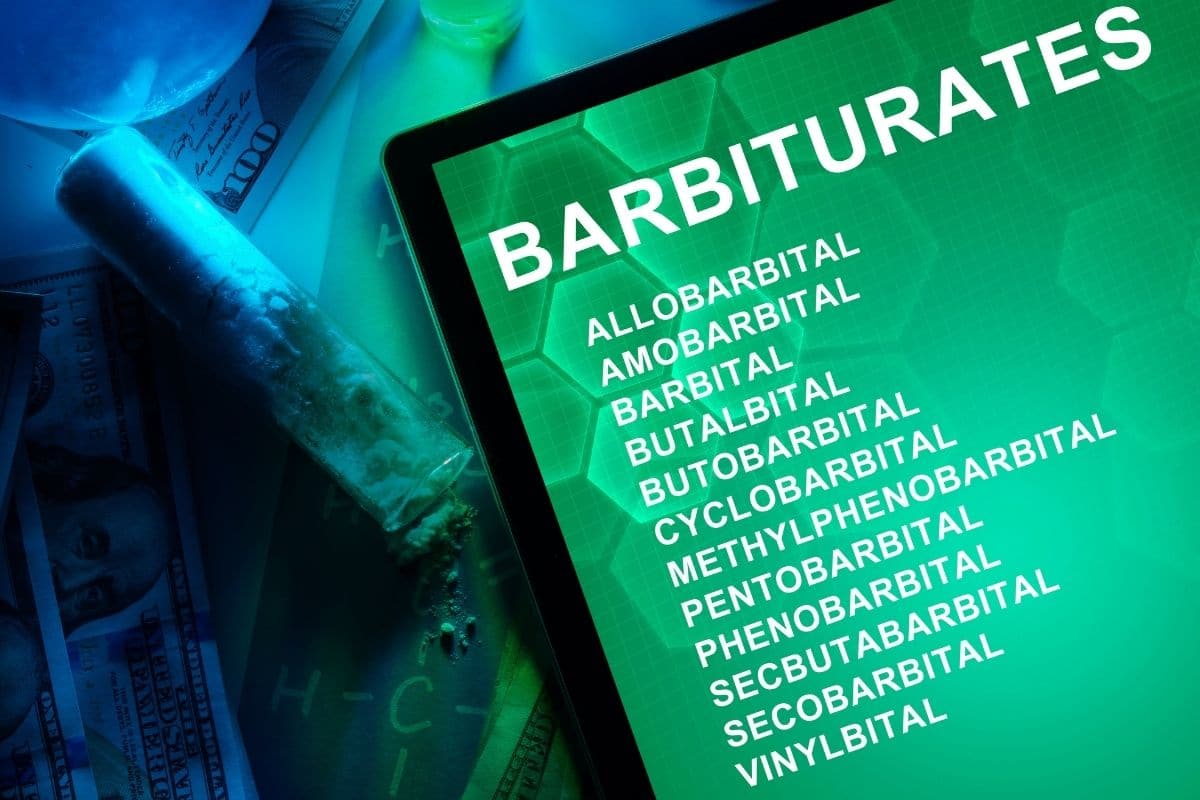 Barbiturates
Barbiturates  Opium antagonists
Opium antagonists 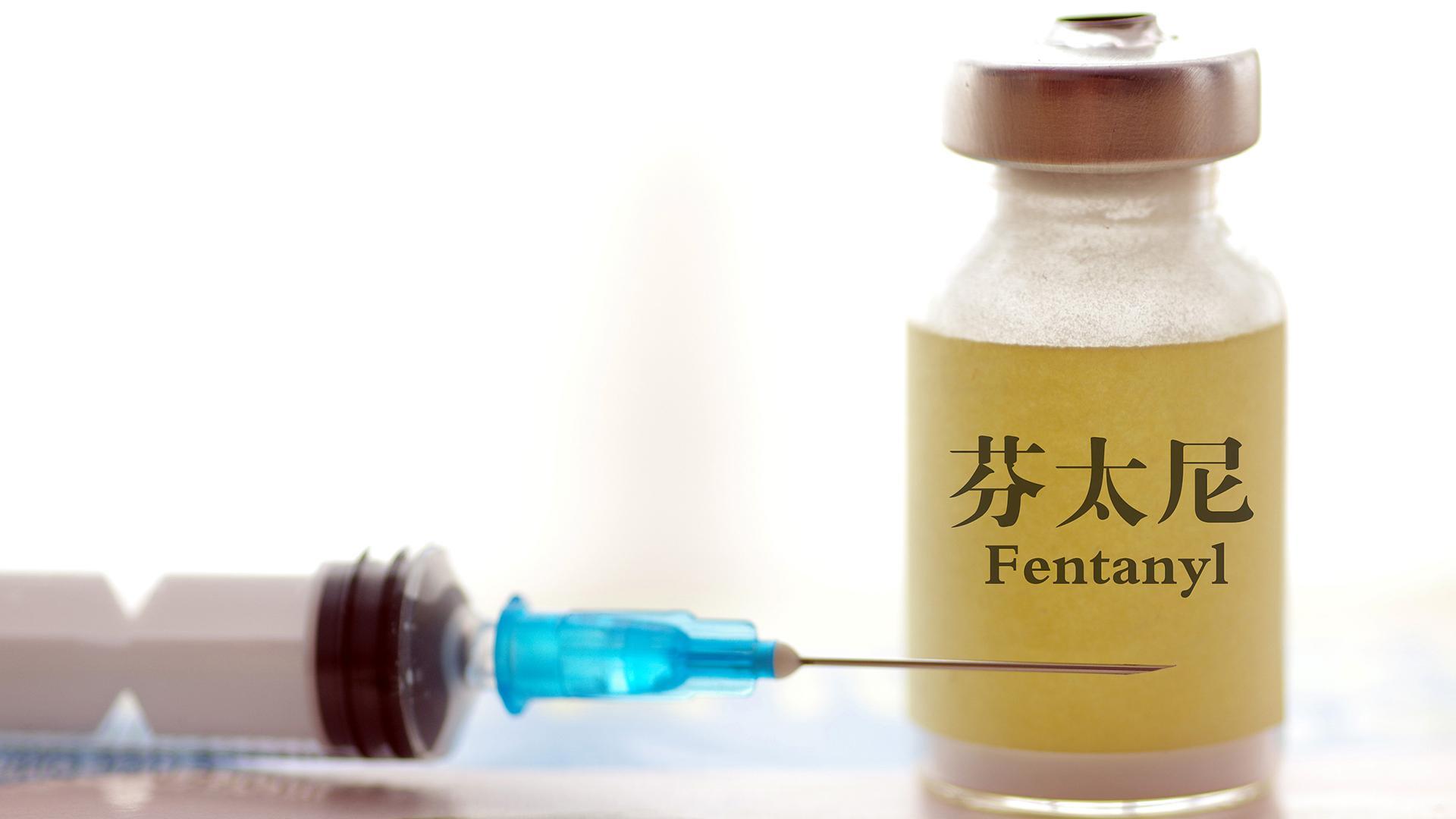 Fentanyl
Fentanyl 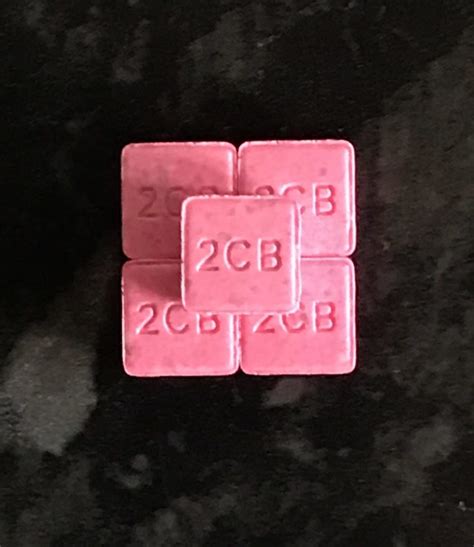 2C-B
2C-B 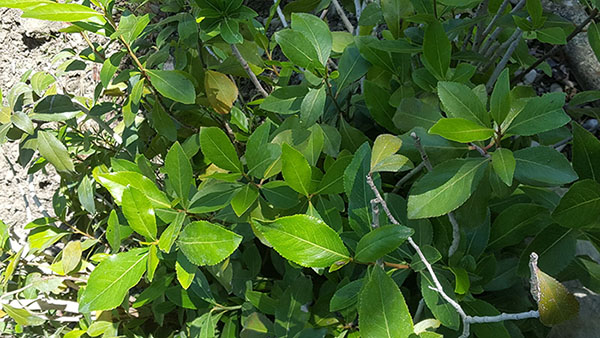 Cathinones
Cathinones 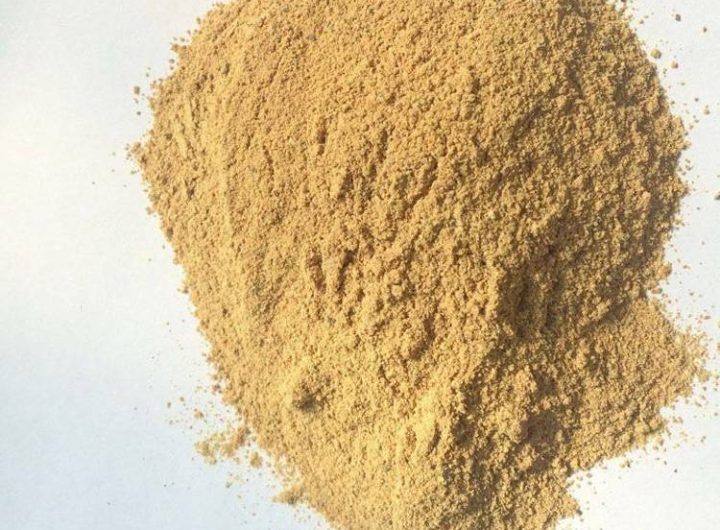 MGM-15
MGM-15 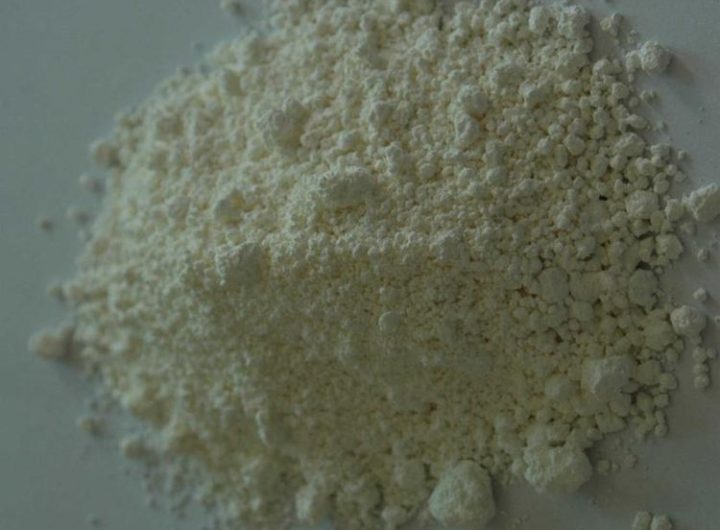 PiPTapentadol
PiPTapentadol  Methoxptamine (MXP)
Methoxptamine (MXP)  Nortilidine
Nortilidine